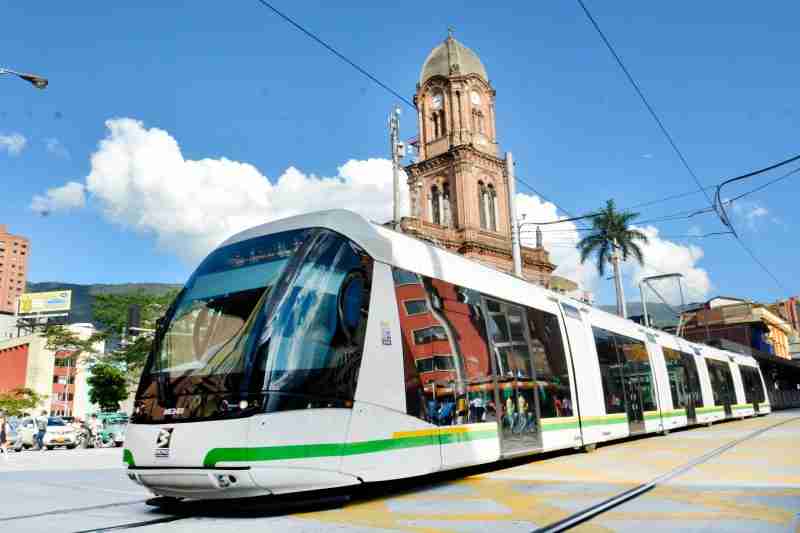The Medellín Metro is more than just a transportation system; it’s a symbol of the transformation and development of the Antioquian capital. Since its inauguration in 1995, the Metro has played a crucial role in urban connectivity, improving the quality of life for millions of people who use its lines daily. This system not only facilitates mobility but has also been a driving force for urban regeneration and social integration.
Medellín Metro Lines
The Medellín Metro consists of six main lines covering a vast area of the Aburrá Valley:
Line A:
This is the backbone of the system. It runs from north to south, connecting the municipalities of Bello, Medellín, and La Estrella. It’s one of the most heavily used lines, with key stations such as Acevedo, Niquía, and Poblado.
Line B:
This line crosses the city from east to west. It starts at San Antonio station in the center of Medellín and ends at San Javier. It’s crucial for connecting the western part of the city with the mass transit system.
Line K ( Metrocable ) :
The Metrocable is a unique extension of the system, designed to access the mountainous areas of the city. Line K connects Acevedo with Santo Domingo Savio and has been vital in improving mobility and the quality of life in previously marginalized areas.
Line L (Tourist Metrocable):
This branch, known as Metrocable Arví, connects Santo Domingo with the Arví Park, a natural reserve and tourist area, providing quick and comfortable access to this ecological destination.
Line J (Metrocable):
Similar to Line K, this line connects San Javier with La Aurora, improving mobility in the high areas of western Medellín.
Line M (Metrocable):
It connects the 13 de Noviembre neighborhood with Miraflores along a route that offers spectacular views of the city.
Complementary Transportation Services
The Medellín Metro is supported by a network of complementary transport services that feed into and extend its coverage:
Metroplús:
This is a system of articulated buses that functions as a feeder for the Metro. It connects the main metro stations with peripheral areas, increasing the system's coverage and efficiency.
Ayacucho Cable Train/ Tram:
This is Colombia’s first modern tram, connecting downtown Medellín with the eastern part of the city. The tram is a fast and eco-friendly mode of transport that also serves as a catalyst for urban revitalization in the area.
Public Bikes (EnCicla):
This bike-sharing system is another important complement, allowing users to complete the last leg of their journeys quickly and sustainably.
Feeder Buses:
These bus routes transport users from the most remote neighborhoods to metro stations, ensuring the system is accessible to everyone.
Important Information for Users
Operating Hours: The Medellín Metro operates from 4:30 a.m. to 11:00 p.m. on weekdays, with slightly reduced hours on weekends and holidays.
Fares: The system uses the Cívica card, a rechargeable card that provides access to all services within the integrated transport system. Fares vary depending on the type of user, with discounts for students, seniors, and people with disabilities.
Accessibility: The system is designed to be inclusive, with facilities for people with reduced mobility at most stations.
The Medellín Metro is more than just a transportation system; With a focus on sustainability, integration, and efficiency, this system is a model for the rest of Latin America.
Sin comentarios







